The Importance of Safety in Construction: Our Commitment to a Safe Work Environment
Safety is a paramount concern in the construction industry. At HL Contractors, we understand that a safe work environment is essential not only for the well-being of our workers but also for the overall success and efficiency of our projects. Our commitment to safety is reflected in our comprehensive safety protocols, rigorous training programs, and continuous improvement initiatives. Here’s how we ensure a safe working environment on our construction sites.
1. Comprehensive Safety Training
Proper training is the cornerstone of our safety program. Every worker, whether new or experienced, undergoes comprehensive safety training tailored to their specific roles and responsibilities. This training covers a wide range of topics, including:
Hazard Recognition: Identifying potential hazards on the job site, such as electrical risks, falling objects, and machinery dangers.
Safety Procedures: Learning and practicing safe work procedures for various tasks, including the proper use of tools and equipment.
Emergency Response: Preparing for emergencies by understanding evacuation routes, first aid procedures, and emergency contact protocols.
Personal Protective Equipment (PPE): Training on the correct use of PPE, such as helmets, gloves, safety glasses, and high-visibility clothing, to minimize exposure to hazards.
2. Regular Safety Audits and Inspections
We conduct regular safety audits and inspections to ensure that our sites comply with all safety regulations and standards. These inspections are carried out by experienced safety officers who:
Identify Hazards: Look for potential safety issues, such as improperly stored materials, unsafe scaffolding, or exposed electrical wires.
Assess Compliance: Check that all safety measures, such as guardrails, signage, and PPE, are in place and being used correctly.
Implement Improvements: Recommend corrective actions and improvements to address any identified hazards or non-compliance issues.
3. Safety Meetings and Toolbox Talks
To keep safety at the forefront of everyone’s mind, we hold regular safety meetings and toolbox talks. These meetings:
Share Information: Provide updates on new safety protocols, recent incidents, and lessons learned.
Encourage Feedback: Offer a platform for workers to voice their safety concerns and suggest improvements.
Reinforce Training: Reinforce key safety practices and ensure that all team members understand their responsibilities.
4. Utilization of Advanced Safety Technology
We leverage advanced technology to enhance safety on our construction sites. This includes:
Wearable Technology: Utilizing smart helmets and vests that monitor workers’ vital signs and alert them to potential hazards.
Drones: Employing drones for site inspections to identify risks in hard-to-reach areas without exposing workers to danger.
Augmented Reality (AR): Using AR to provide workers with real-time, interactive safety instructions and visualizations.
5. Strict Adherence to Safety Regulations
Compliance with local, state, and federal safety regulations is non-negotiable at HL Contractors. We ensure strict adherence to all relevant safety laws and guidelines, including:
OSHA Standards: Meeting or exceeding the standards set by the Occupational Safety and Health Administration (OSHA).
Industry Best Practices: Following best practices as outlined by industry organizations and safety experts.
6. Emergency Preparedness
Preparedness is key to minimizing the impact of emergencies. Our emergency preparedness measures include:
Emergency Action Plans: Developing and communicating clear action plans for various types of emergencies, such as fires, severe weather, and accidents.
First Aid Stations: Equipping all sites with well-stocked first aid stations and ensuring that trained personnel are available to provide immediate assistance.
Evacuation Drills: Conducting regular evacuation drills to ensure that all workers know how to respond quickly and safely in an emergency.
7. Promoting a Safety Culture
Creating a culture of safety is crucial for long-term success. We promote a safety-first mindset by:
Leading by Example: Ensuring that all supervisors and managers demonstrate a strong commitment to safety.
Encouraging Accountability: Making safety everyone’s responsibility and encouraging workers to look out for one another.
Recognizing Safe Practices: Acknowledging and rewarding workers who consistently follow safety protocols and contribute to a safe work environment.
Conclusion
At HL Contractors, the safety of our workers is our top priority. By implementing comprehensive safety training, conducting regular audits, leveraging advanced technology, adhering to regulations, preparing for emergencies, and fostering a safety culture, we create a work environment where safety is ingrained in everything we do. Our commitment to safety not only protects our workers but also ensures the successful and efficient completion of our projects.
